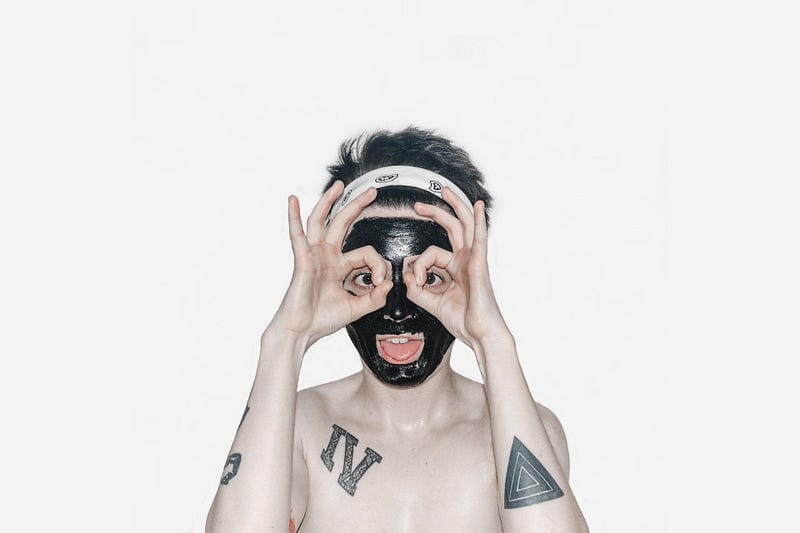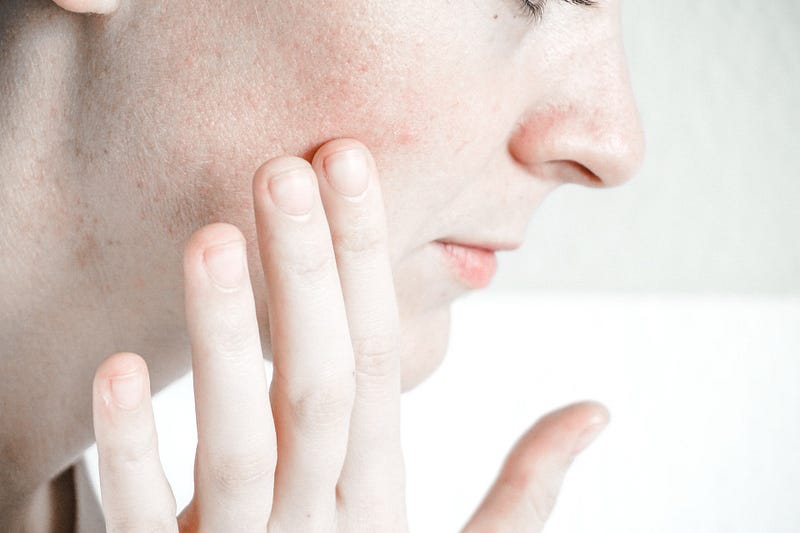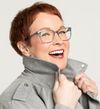I Think I’m Done Using Only “Natural” Beauty Products?
Last spring, when the pandemic was just getting started and we were all fifty or so years younger, I decided it was time to purge my…

Last spring, when the pandemic was just getting started and we were all fifty or so years younger, I decided it was time to purge my skincare regimen of big conglomerate brands and focus on buying American, buying independent, buying from BIPOC-owned brands, and above all, buying “natural.”
I systematically proceeded to weed out all of the problematic brands, particularly those owned by Estée Lauder (Aveda, Origins, Bumble & bumble, Bobbi Brown, Dr.Jart+, Clinique, Deciem) and L’Oréal Group (their “global flotilla” of brands include Kiehl’s, Urban Decay, it Cosmetics, Nyx, essie, LaRoche Posay, Vichy, CeraVe, pureology; a good chunk of the flotilla is still partially owned by Nestle as well) — many of which happened to be some of my long-time favorites and therefore must-haves and frequent purchases for me.
Both conglomerates, however, contribute to or actively participate in unethical labor and unsustainable environmental practices, and have financially supported conservative politicians and organizations. ELC’s Ronald Lauder in particular has given more than $1 million to pro-Tr*mp organizations, and employees called for his ouster in the summer of 2020 for this exact reason, but it doesn’t appear as though he went anywhere.
Late Capitalist corporate ethics (or more accurately, lack thereof) aside, the pandemic and the subsequent racial justice reckoning made me reconsider my attachment to these brands and propelled me to find new products from brands I could feel good about supporting. As we collectively freaked out, the health/beauty/wellness industrial complex swooped in with calls for more self-care and “clean” everything, messaging that had been building slowly for years but finally reached its absolute peak by the end of 2020.
And I totally fell for it.
Last year I spent close to $7,000 on beauty & skincare and so far this year I’m almost already there again, netting out to about a grand a month so far in 2021, despite deliberately not buying any products in January or July this year. I’m actually shooting for a full Q3 of no new beauty spending (just restocks), which I believe would be a record for me. If you ever want to chat about the magic of beauty spend & product usage tracking spreadsheets, holla at me.
I maybe wore makeup a grand total of 10 times in the last 9 months of 2020, so I started cleaning out my absurdly large and outdated stash at several intervals throughout quarantine, replacing those problematic faves with “natural” swaps. I fell off my usually diligent skincare routine for months at a time, and also began tossing much of my half-empty and/or also expired stash (beauty hoarding is an expensive habit) as I searched for new lines and brands to try out — and I did find some really great new brands and products along the way.
The biggest problem, however, is one that I’ve known for a long time and should have reminded myself of before I embarked on this year-long endeavor: “natural” beauty ingredients don’t actually work that well for me. In fact, they often irritate or cause active reactions on my skin, clog my pores, and often don’t really appear to do much of anything at all in terms of benefits or improvements. Anything with a lot of coconut oil is extremely dicey for me, as are heavy fragrances courtesy of aggressive essential oils. I learned this in early adolescence, when some combination of ingredients in Herbal Essentials caused the skin on the palms of my hand to pucker and peel.

And yet, I continued to buy and try products that I knew damn well could give me a reaction — and I had several. A rash showed up along my hairline and the perimeter of my face whenever I used a certain hair product. A set of intensely-fragranced “brightening” vitamin C products set my face on fire within moments of rinsing and I could only apply cold compresses for 24 hours afterwards. I tend to rationalize any burning sensations as proof that it’s working (which is incorrect). Also, one weird trick to not have to turn your camera on for video conference calls!
Each time after I had bad reactions to different attempts to layer products or try different brands or ingredients together, I always, somewhat guiltily, returned to my trusty pre-pandemic kbeauty faves: a gentle, lightly or unfragranced, pH-balanced non-foaming gel cleanser, toner, and moisturizer cream that immediately soothed and calmed redness and rashes. Without fail, I would wake up the next morning with my face feeling softer and smoother than it had in the previous weeks of experimentation. You’d think I would have figured it out after the first reaction, but you’ve never been a beauty product lover with a life-long dopamine and serotonin-deficient neurological disorder.
And so now more than year later, as I’m rolling through the second-half of the year destashing and inventory process, I’m struck by a realization: I didn’t need to buy any of this. I already known what works for my skin, and have known this whole time, but I got so caught up in the well-meaning fervor of last year’s lockdown consumer activism that I lost the plot several times over.
So here’s what I’m doing:
- Still not buying anything from Estée Lauder or L’Oreal. No issue there. I used to love Dr.Jart+ but I’m fairly certain the formulas have changed since ELG bought them, and I don’t love my Nyx microbrow pencil or it Cosmetic’s CC+ cream enough to justify continued support of their owners.
- Throwing out what’s not working. I have a bad habit of holding onto products that don’t work for me in the hopes of finding some magical combination or seasonal weather in which the stars will align and suddenly this toner that immediately broke me out with a burning rash last time will actually work and impart the glowing radiance I just know it will release if only I can crack the code. This is a bad thing to do; I do not recommend it. If it gives you a reaction, stop using it and see if someone else you know would like to try it or dispose of the product responsibly and recycle the packaging if possible.
- Buying local and/or American-made as much as I can. I’ve discovered some incredible Cincinnati-area brands that I’m happy to continue supporting… just maybe not when it comes to facial skincare. Body products are way less of an issue for some reason, because of course my skin *would* be that way, so natural soaps, scrubs, body butters, and lotions are all still in rotation for me.
- Staying away from aggressively marketed “clean”/ “green” products because those terms mean basically nothing–they’re marketing buzzwords. It has gotten a little bit better over the last year, with experts and industry orgs calling out the scare-mongering tactics some brands use, and there are some bigger brands that walk the walk as much as they talk the talk and can back up their claims. Don’t believe the hype, and don’t fall prey to the “unnatural” or “chemical” pearl-clutching that’s arisen well beyond the beauty scene.
- Buying what I need, when I need it. This is the absolute hardest thing for me, as someone who loves to stock up and be prepared just as much as I love a good sale or promo, but this only ever leaves me throwing out expired products to make room for new ones I haven’t tried and probably won’t like as much. And as 37 looms ahead of me in October, I have neither the time nor the budget (thanks, home ownership!) for any of that.
- Sticking to my Q3 beauty spending moratorium. I have enough product in my stash to get me through to October, including new products I bought earlier this year and still haven’t tried yet. And if those don’t work and I’m truly out of a particular product, then I’m giving myself permission to restock with products I already know work for me.
Also, do not get it twisted: I am fully in support of brands improving their packaging, reducing plastic waste, using sustainable/ethically harvested ingredients, supporting marginalized identities and amplifying those voices, and I’m even more in favor of smaller, independent, woman-/queer-/BIPOC-owned brands making their way to the front and delivering on radical new approaches the very concept of “beauty” and how we as consume it.
I’m just not trying to spend thousands more dollars this year when I have a 30+ year-old HVAC system that needs replacing and a 70+ year-old newly-waterproofed basement that needs way more work. If there is one thing I have managed to learn since March of 2020, it’s the importance of priorities.
